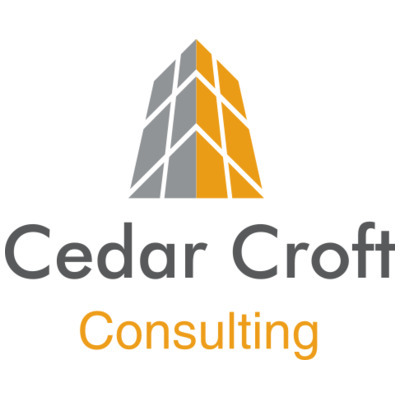Chief Restructuring Officer
Auto Parts Manufacturer
Overview
Cedar Croft Consulting, in its capacity as Chief Restructuring Officer, implemented cash conservation measures and revised the pricing strategy with certain key customers, allowing the company to win new business and return to profitability.
The Company
Based in Southeastern US, this private equity-owned company provides precision tube forming, tube and hose assembly, and CNC machining to the automotive (Tier 1 and OEM), heavy truck, marine, and agriculture industries. This business was founded in 1987 and employs 125 people.
Situation
One year prior, the Company lost a significant program with a major automotive OEM customer and had not been able to adequately replace this business. Margins in certain product lines were eroding, and operating losses were consuming availability under existing lender lines of credit. Management’s attempt to increase prices was meeting fierce resistance from key customers, and there was no other plan in place to return the Company to profitability.
Cedar Croft Consulting had completed a number of successful engagements for other portfolio companies of the private equity owner. As a result of this relationship, the Company engaged Cedar Croft as Chief Restructuring Officer to assume the oversight of all operations and full cash control of the Company, take steps necessary to make changes to the operation, maintain ongoing communication with the key stakeholders, complete an assessment of the Company’s business and make recommendations to the shareholder on a going-forward course of action.
Cedar Croft’s Approach
Patrick Walsh, Cedar Croft’s President, and Managing Director assumed the role of Chief Restructuring Officer. Cedar Croft reviewed the Company’s financial statements and existing lender arrangements and held discussions with management and staff to learn of its current business processes and going forward strategies.
Cedar Croft met with all sales personnel to understand the impact of recent price increases on all key customers. The Company’s recently implemented Customer Relationship Management (CRM) software was reviewed. An employment offer to a new sales rep with appropriate industry experience was also assessed.
Discussions were held with a number of industry-experienced investment bankers to determine the potential value of the company in a sale to a strategic party.
A review of the Company’s cost structure was completed and a business planning process for the current and following fiscal years was developed.
As with all engagements, Cedar Croft implemented a weekly communication protocol as an avenue to keep all key stakeholders current with all activities associated with the engagement.
Engagement Key Steps
- A 13-week cash flow forecast was prepared, and procedures put in place to update the forecast each week.
- Cash conservation policies were developed and implement to allow the company to manage through a forecasted liquidity crunch.
- Negotiations with key vendors took place to secure their support through the liquidity crunch.
- Pricing strategies with strategic customers were revised, and meetings were held with these customers to explain how pricing on existing products could be modified in return for partnership opportunities on their new programs.
- The CRM protocols and processes were upgraded to better prioritize and target existing and potential strategic customers, and to monitor salespersons’ activities and progress.
- A new sales rep was engaged, and Cedar Croft assisted in his onboarding to prioritize the selling approach to his industry contacts in conjunction with the newly developed CRM processes.
- Discussions with investment bankers determined that a sale of the business to a strategic buyer was not an attractive option to the private equity-owner at this time.
- A review of the Company’s cost structure determined excess costs in freight and shipping that were corrected.
- An updated business plan and financial projections for the current and following fiscal years were completed.
Results
- The Company secured a significant new program from an existing customer that dramatically improved the financial outlook for the business.
- Continued business with another key customer was secured for an additional year.
- The Company returned to profitability within three months of the CRO’s engagement.
- With the cash management protocols in place, the return to profitability was accomplished without the need for additional financing or investment from the private equity owner.
- The revised positive prospects for the Company convinced the private equity owner to discard the notion of a sale, and to support the Company in executing its business plan for the next two years.
Let’s work together.
Our value-added services include due diligence, performance enhancement, strategic planning, financial restructuring, and all aspects of corporate renewal including turnaround, reorganization, and interim management, as well as mergers and acquisitions.
